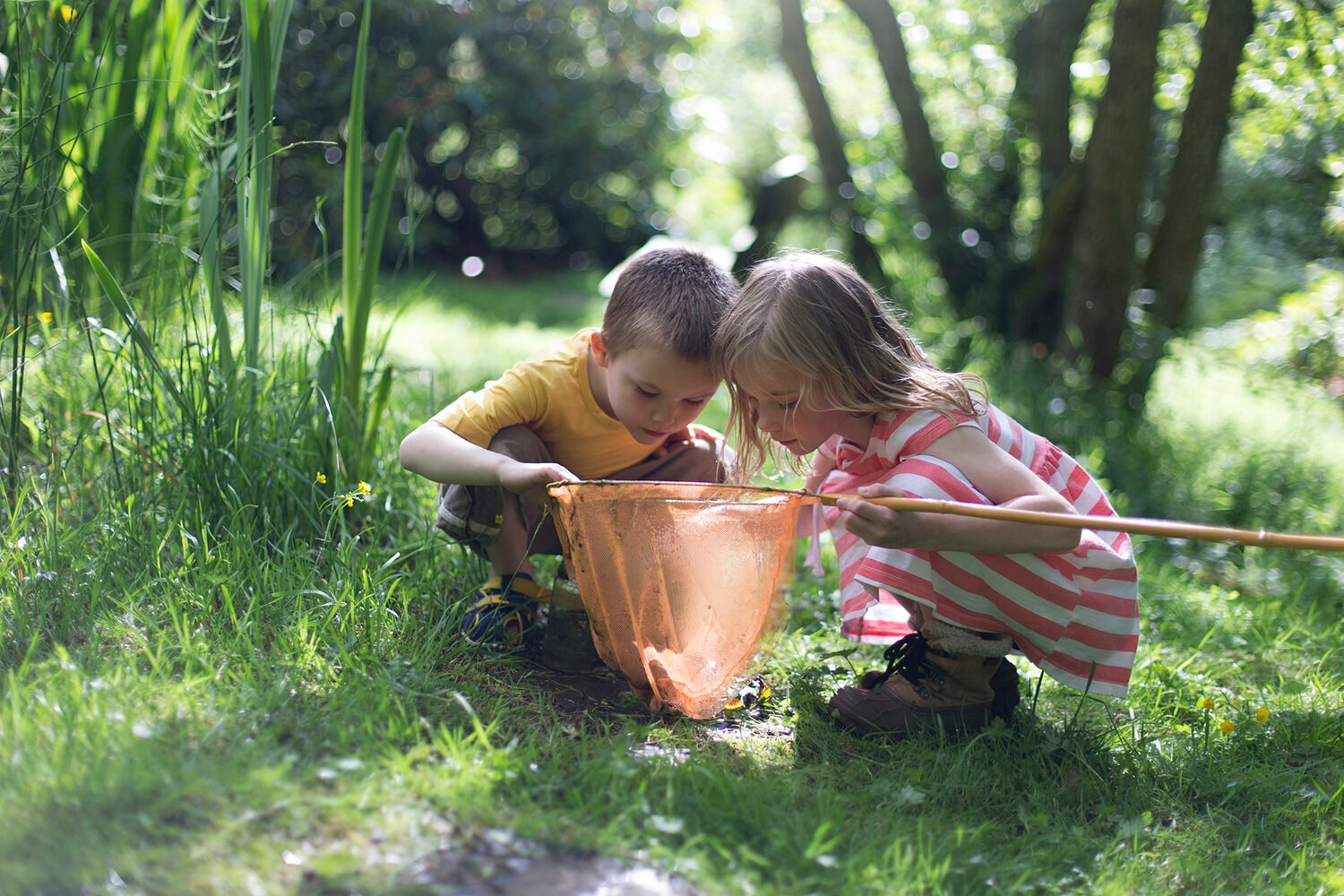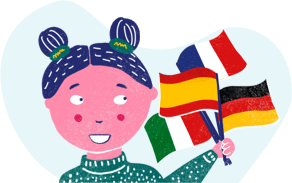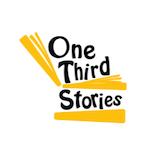
Nature journaling offers a delightful and educational way for children to explore the natural world while honing their foreign language skills. By documenting their observations, whether through writing, drawing, or verbal expression, kids develop a deeper connection to their surroundings. This activity encourages a love for nature and provides a meaningful context for practicing writing and expanding vocabulary. Additionally, nature journaling nurtures a child’s adventurous spirit, inspiring them to engage with and learn about the environment around them.
The Concept of Nature Journaling
Nature journaling encourages children to explore and document the natural world as they see it uniquely. This creative activity involves capturing nature’s beauty through drawings, notes and even pressed flowers or leaves. For instance, if a child finds a leaf but is too young to write or draw it, they can tell you the first letter of its name, and you can write the rest. You could also use bilingual descriptions, like calling a red flower “Rojo” for red. This hands-on approach sparks curiosity, heightens awareness, and develops observational skills while enhancing language abilities.
Discovering the Natural World
As we explore where to spark curiosity—whether in the forest, meadow, or near bodies of water—we set the scene in places brimming with treasures waiting to be discovered. In Storybook 12 from One-Third Stories, Inigo Idaho, Insect Inspector, and Critter Collector, we meet Inigo, a character on a quest to find his spider. Along the way, he uncovers the wonders of the natural world: insects and critters.
Although Inigo never finds his spider, he discovers other treasures while searching, like a beautiful blue dragonfly, ladybugs, beetles, and crickets. Just like Indigo loves discovering new things in nature, nature journaling lets your little ones explore the world around them.
Get ready to go on a three-day adventure and experience what Inigo did, a journey filled with learning and excitement! For Inigo, the journey and its discoveries were more important than finding the spider!
Day 1: Exploring the Forest
Children observe tall trees feeling the rough bark, and hear rustling leaves, chirping birds, and scurrying squirrels. They can draw pictures of what they see or use simple words like “tree,” “bird,” and “squirrel.” Non-readers can use leaf rubbings or stickers to represent their observations.
Day 2: Meadow Discoveries
The next day, kids explore a meadow with colorful flowers and buzzing insects. They notice the buzzing of bees, the fluttering of butterflies, and the gentle sway of tall grasses in the breeze. Their journal entries are filled with vibrant drawings of flowers and plants. Words like: “bees”, “leaf” and “green”, can become part of their growing vocabulary. Encourage kids to jot down the colors of flowers or draw their shapes. Non-readers can collect petals and place them in their journals or use stickers or stamps.
Day 3: Bodies of Water: Diverse Observations
On the third day, kids can explore a serene lake. The water is a mirror, reflecting the sky and surrounding trees with ducks swimming, fish jumping, and the gentle ripple of the water. They can sketch the aquatic life, write about the cool breeze, and note the sounds of the water splashing against the shore. They can explore a pond where they can write or draw observations about fish, frogs, and rippling water, while non-readers might enjoy sticking small pebbles or sand into their journals as a tactile memory. Water bodies provide a rich vocabulary related to aquatic life, making this day both educational and refreshing.
Benefits of Nature Journaling for Language Learners
Nature journaling offers numerous benefits for young language learners. It encourages children to observe their surroundings closely, think critically, and express their thoughts clearly. Connecting language learning with real-world experiences makes the process more enjoyable and effective.
Vocabulary Expansion
By describing what they observe, children learn new words related to nature. They also remember these words better because they are associated with real experiences. Non-writers can verbalize their observations while you help with the writing or drawing, assuring that it is their observation and creation.
Sensory Engagement
Touching leaves, smelling flowers, and listening to birds sing make learning multi-sensory. Hyper attention is initiated as all senses are being used. This engagement helps solidify new vocabulary and concepts, making them more memorable.
Contextual Learning
Words and phrases are learned in context, making it easier for children to understand and remember them. For example, they know that “cold” can describe how the water feels or that “brown” or “tall”, is how a tree looks. By connecting new words to real-life experiences, children can better understand and remember them.
How to Start a Nature Journal for Language Learning
Starting a nature journal is simple and rewarding. Here are some steps to help you and your child begin this exciting adventure.
Gather Your Materials
You’ll need a sturdy notebook, colored pencils or markers, and a magnifying glass for close-up observations. A small backpack to carry your materials and any treasures you find is also helpful. For non-writers, include stickers, stamps, and drawing tools.
Choose Your Locations
Pick a variety of outdoor locations to explore. Parks, gardens, forests, and beaches all offer unique learning opportunities. This diversity will keep the journaling experience fresh and exciting, offering new experiences at each site.
Document Your Observations
Encourage your child to draw and describe what they see, hear, and feel. Write down interesting observations, and note any new words they learn. They can also collect leaves or flowers to press in their journals. For non-readers, use labels and drawings to document findings. This documentation process helps reinforce their language skills and makes the journal a personal keepsake.
Reflect and Review
Review the journal entries together. Discuss what was observed and learned, new words, and favorite discoveries. This reflection reinforces vocabulary and deepens understanding.
Conclusion: The Joy of Learning Through Nature
By combining the wonders of the natural world with language learning, children can expand their vocabulary, sharpen their observation skills, and develop a lifelong love for nature and learning. Nature journaling is one of the most powerful ways to fall in love with the natural world; it’s a wonderful way to combine outdoor exploration with language learning. It fosters curiosity, creativity, and a passion for nature while helping children expand and improve their vocabulary, drawing, and writing skills.
Ready to start your nature journaling adventure? Grab your journals and head outdoors!
Happy journaling!



Choose a language
One Third Stories courses are available in French, Spanish, Italian and German.
Select a subscription
Choose between monthly or annual payment options.
Start learning
Receive your first audiobook and Story Box, and let the learning begin!.

Choose a language
Our courses are available in French, Spanish, Italian and German.

Select a subscription
Choose between monthly or annual payment options.

Start learning
Receive your first audiobook and Story Box, and let the learning begin!.
